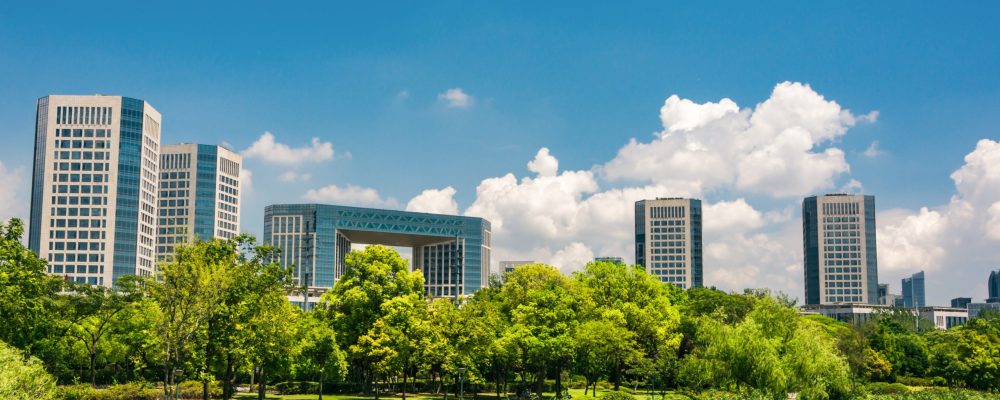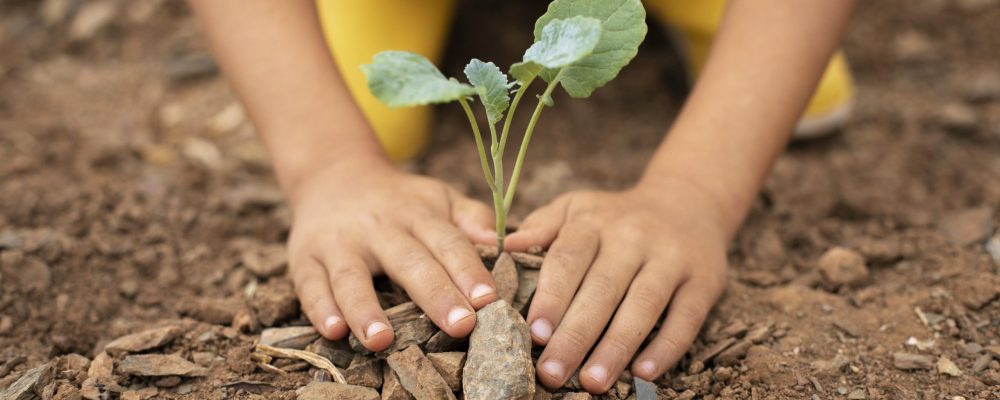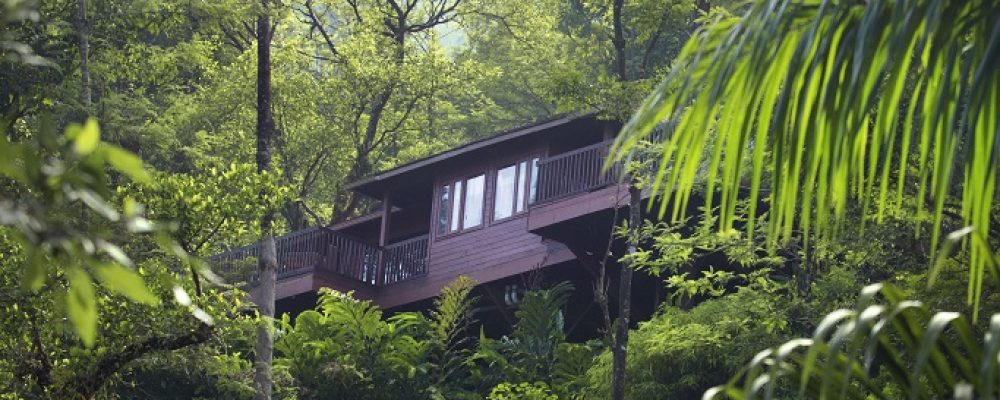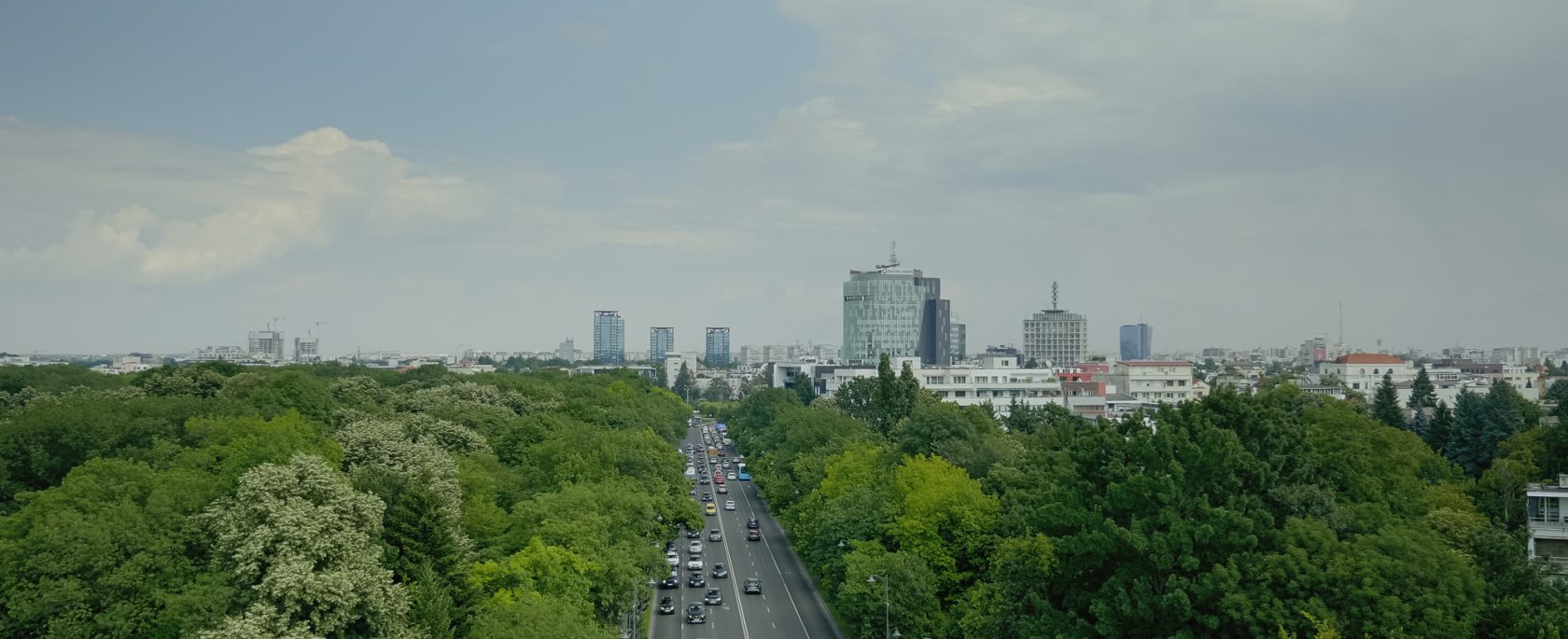Our inaugural session featured a compelling discussion between Seema Mundoli, a distinguished faculty member at Azim Premji University, and Shruti Shibulal, CEO of Tamara Leisure Experiences. Seema shared her insightful views on the power of citizen action in driving environmental change. Her extensive research and firsthand experiences have shown that some of the most significant and impactful environmental changes have been spearheaded by dedicated individuals. These “environmental warriors” are passionately committed to protecting natural spaces, no matter how small or seemingly insignificant.
Grassroots Movements: Real Stories of Impact
In her book “Shades of Blue,” Seema and her colleagues interviewed numerous environmental champions from across India. Their stories are nothing short of inspiring and serve as powerful testimonies to the strength of grassroots movements. These individuals face numerous obstacles in their quests to save water bodies, forests, or even a single tree. Despite the challenges, their persistence and dedication shine through. They leverage whatever resources and skills they have, whether it’s sending postcards, organising protests, or collaborating with local communities.
‘It’s easy to fall into cynicism, but these environmental stewards remind us of the power of dedicated, grassroots action.” – Seema Mundoli
Urban Infrastructure as Nature-Based Solutions
Innovative Urban Ecology
Since the 1970s, the field of urban ecology has gained interest, and more recently, the concept of nature-based solutions has emerged. These solutions utilise natural processes to address urban challenges such as air pollution, solid waste management, and water purification.For instance, traditional methods of addressing air pollution might involve knee-jerk reactions like using water jets to spray mist into the air. Instead, nature-based solutions like increasing tree cover can significantly reduce air pollution and lower urban temperatures. Seema shared a compelling example from her field studies in Bangalore, where roads with tree cover were found to be 26 degrees cooler than those without.
Rethinking Urban Nature: Small Spaces, Big Impacts

Maximising Small Urban Spaces
Every small plot of land, whether it’s government, public, or private, holds potential. Seema shared examples of how even half an acre can be transformed into a valuable green space. By planting the right species of trees and incorporating rainwater harvesting systems, these small plots can offer long-term environmental and social benefits.
Integrating Nature into Urban Hospitality
Shruti discussed the growing trend in the hospitality industry to bring nature closer to guests, even in urban settings. She emphasised the importance of finding innovative ways to integrate nature-based solutions that benefit both guests and employees.
Bringing Greenery Indoors

“Even small touches of greenery can transform a space and bring immense benefits.”-Shruti ShibulalSeema added that people often ask which types of trees they can plant in small spaces, such as home gardens or apartment balconies. To assist with this, Seema and her team developed a tree guide specifically for Bangalore: Tree Planting Guide for Houses and Apartments in Bengaluru – Azim Premji University, offering practical advice on suitable tree species for various space constraints.
The Importance of Education and Benchmarks in Sustainability
Shruti highlighted the crucial role of education and accessible information in driving environmental action. One of the goals of Tamara Perspectives is to disseminate knowledge and share best practices, enabling individuals and organisations to make informed decisions. This exchange of information helps in setting benchmarks and achieving common goals.
Setting Clear and Achievable Benchmarks
Seema agreed with the importance of benchmarks, emphasising that they provide clear targets and foster a sense of direction and consensus among various stakeholders. However, she pointed out the challenges associated with benchmarks, particularly the gap between setting these goals and figuring out the context-specific steps needed to achieve them.
Fostering Collaboration for Urban Sustainability

The Power of Collective Effort
Seema shared her insights from years of working with diverse groups, highlighting that collaboration is not only possible but often essential for successful environmental initiatives. She acknowledged that collaboration comes with its own set of challenges and compromises, but emphasised that Bangalore stands as a prime example of how effective joint efforts can be. Seema’s experience underscores the importance of coming together to achieve common goals, demonstrating that, despite the difficulties, the outcomes are well worth the effort.
Examples of Successful Collaborations:
The revival of lakes in Bangalore through joint efforts of officials, advocacy organisations, and citizens.
Continuous engagement and dialogue to foster collaboration.
Academic institutions acting as facilitators
Reconnecting Urban Populations with Nature

Key Methods to Reconnect People with Nature:
Organising climate festivals to engage children with nature in a fun and educational setting
Preventing Shifting Baseline Syndrome by exposing children to the natural environment in its best possible state
Incorporating nature into urban environments through parks, community gardens, and small green spaces
The Enduring Power of Nature Memories

Celebrating Environmental Successes
Whether it’s a community effort to save a line of trees or a broader initiative to preserve biodiversity, these stories are vital. They not only remind us of what has been achieved but also inspire ongoing and future efforts to protect and enhance our natural surroundings.At Tamara Perspectives, our mission is to facilitate these crucial conversations and share best practices and benchmarks that drive collective action towards sustainability. By learning from each other and working together, we can make significant strides in protecting and enhancing our natural environments.Let us all commit to nurturing our natural spaces, educating ourselves and others, and working collaboratively to ensure a vibrant and sustainable future for generations to come.Together, we have the power to create a greener, more sustainable world. Let’s harness this power and transform our commitment into action. The future of our planet depends on it.
Key Takeaways:
Setting clear and achievable benchmarks
Providing actionable steps to meet these benchmarks
Recognising the importance of individual actions in contributing to larger goals
